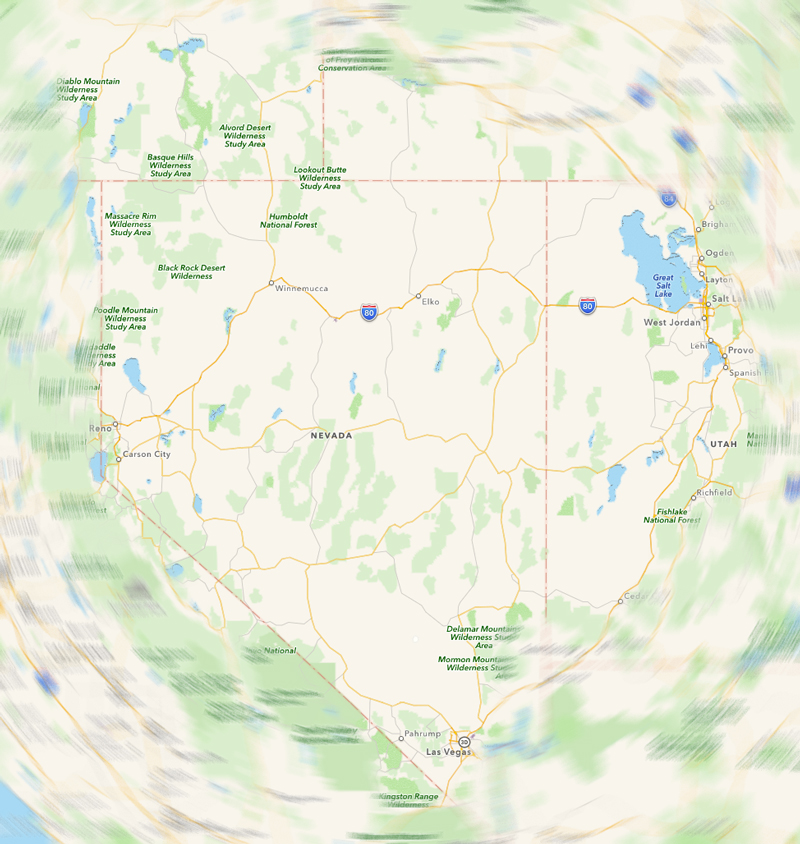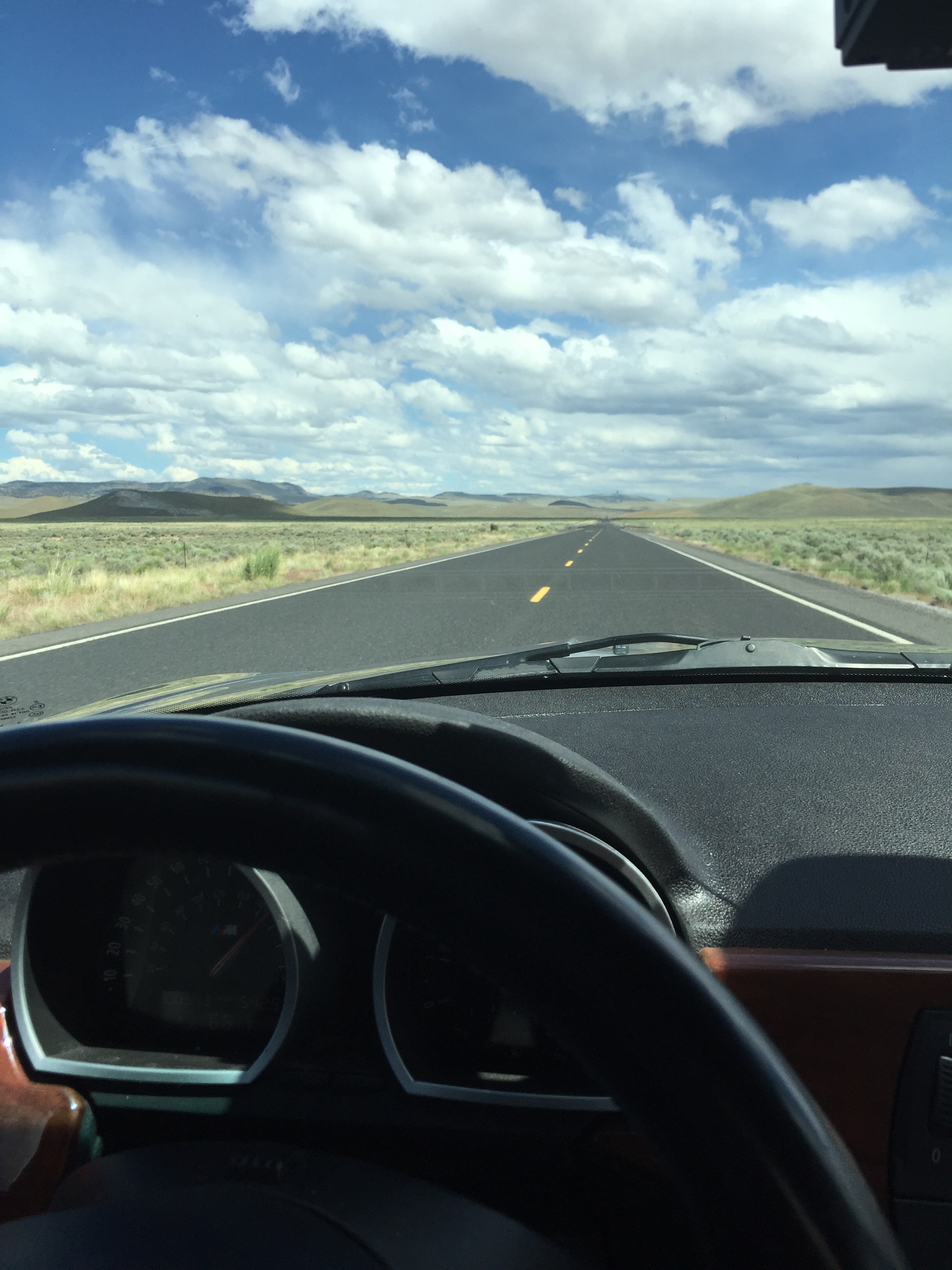I hate Las Vegas.
Actually “hate” is not quite the correct term for my loathing and aversion for that place. Vegas is a blight on the otherwise wonderful intermountain west. I can appreciate what Las Vegas represents; a manifestation of liberty. A sort of place where the concept of “sin” is embraced as an alternative lifestyle.
I’m not at all a religious person. Philosophically I reject the claim that there exists any sort of deity that rules or judges our lives and behavior. Virtue is its own reward, not some e-ticket to a post-mortem amusement park. So it isn’t the “Sin City” aspect of Vegas that repulses me. No, it is something far more simple than that: Las Vegas is just a revenue-extraction machine on a grand scale. It steals from the people who love it.
Recently I attended an event in Vegas. It was one of those rare gatherings of far-flung folk with whom all of our interactions are online. Vegas was chosen as the location primarily due to it being a relatively cheap and easy place to get to. The organizers/hosts are from Los Angeles, but attendees came from all over North America. The SoCal contingent drove, but most folks flew in and made a long weekend of it. I’m still seeing all their photos posted on Facebook. Famous Vegas locales where they went, things they did, etc.
Me? I drove. I drove there, I attended the event and a bit of socializing afterwards, then I drove back.
It is about nine hundred miles from my home in central Oregon to Las Vegas. Why the hell did I drive it? Well, because it is some of the last remaining true wide-open driving territory left in America. That is why.

If you look at a map of the USA, the Great Basin is just sort of a big empty space. A blank part of the world that ancient cartographers would have filled with dreadful monsters and nameless fears. Terra Incognita. “There be dragon here” To the west lie the Sierras, to the east lie the Rockies. The philosophically polar opposite cities; Las Vegas and Salt Lake City lie at its edges. In between there is seemingly nothing. Interstate 15 cuts across it’s right side marking a route from Los Angeles to Salt Lake City via Las Vegas. Interstate 80 is the sole artery that dares to go directly through it east-to-west running from Salt Lake to Sacramento via Lake Tahoe. Otherwise this vast emptiness is devoid of superslab. It’s few small towns and settlements connected by a thin web of two-lane highways through giant valleys devoid of civilization. Empty blue highways.
Perfect driving country.
Before 2000, my only times spent in Nevada were an adult-league hockey tournament in Reno, and a middle of the night layover in the Las Vegas airport. It wasn’t until I drove Martin Swig’s crazy “La Carrera Nevada” car rally that I discovered the real Nevada. Not the smoky, white-trashy, sleazy Vegas or smoky, white-trashy, slightly less sleazy Reno… but the wide open and largely beautiful Basin & Range territory that makes up the rest of Nevada. It is vast. It is empty. It is awesomely scenic in its austerity.
It is also the last place you can truly “stretch your legs” in an automobile. Yes, there is the autobahn, but no, I don’t live in Europe. I do live at the very northern edge of The Great Basin however.
Safety Nannies might clutch their pearls and gasp, but… fuck ’em. Hemingway famously said:
There are only three sports: bullfighting, motor racing, and mountaineering; all the rest are merely games.
True mastery comes from standing at the edge, looking into the abyss of death, and backing off just enough to truly understand where that edge lies. I’ve played two out of Hemingway’s three sports, and a failed at the basic task of herding some cattle into a pen before being branded, so I’ll take a pass on walking into a ring with an enraged bull. Suffice to say I have a good handle on my limitations. I know and trust myself behind the wheel.
What I can’t trust are the other humans on the road, who are so bored to tears that they have abandoned the act of driving so much that they yearn for self-driving cars to allow them to stare at their phones as they are shuttled from place to place.
Out here in the American Outback, the roads are empty. Those drivers-who-would-rather-be-passengers are all either west of the Sierras, East of the Rockies, or are droning across the Basin on the Interstate.
I chose my route to avoid even US highways where I could and stuck to the most remote of the paved roads, state highways and county roads. It was bliss.
Empty roads. Empty skies. Objective hazards measured largely in open range cattle and roadkill-feasting buzzards.
There were stretches of road I traveled where I never saw another vehicle for hundreds of miles. I was utterly and completely alone for most of the trip.
What this sort of driving brings to the driver is FOCUS.
Well, that is if you choose to actively participate. One could set the cruise control and pass the time the same way I did in my childhood rides across the west, watching out the windows into the sagebrush for Pronghorns and Jackalopes. (I saw plenty of the former, and none of the latter.)
Or you can DRIVE.
I drove.
Due to some scheduling issues my trip to Vegas was split over two days. Friday I drove from Prineville, Oregon to Ely, Nevada, then Ely to Las Vegas Saturday morning, to attend the Saturday afternoon event. On Sunday morning I woke up and drove the entire return trip in one go, with only about an hour’s stop midway for lunch. Mapping software said the trip should be over thirteen hours long. I set out to see how many hours I could shave off that estimate.
I arrived home after about 10.5 hours of driving, alert and feeling fresh. How? I drove in a manner that many would describe as “reckless” or “dangerous” but is in reality exactly the opposite. I focused like a laser on the simple act of driving.
I played by a very simple set of rules:
1. When in or near any town, drive at or very near the speed limit.
2. When near any other vehicles, drive at or near the speed limit.
3. At all other times drive at the maximum comfortable speed I felt confident doing.
Given that well over 90% of my drive was on empty, well-paved, two-lane highways, with visibility often measured in tens of miles, it was very easy to drive the car at 80% of its true capacity. Being a modern, high-performance machine with tires rated well above my speeds, I felt very confident driving this way. I think I could have shaved more time off my trip had my car had a larger gas tank, or at least if I knew exactly where I might find gas along the route. Fuel consumption at higher speeds and “next gas in XXX miles” signs (which turned out to not be factual) forced me to slow down on two segments. It also rained on me for a short section through mountains in southern Oregon… for that I slowed down to well under the limit. Limited visibility and wet pavement is not the place to go fast.
Otherwise, I only made stops for fuel, food, and bio-breaks.
When I arrived home I felt oddly energized. Not at all tired. It was those hours of 100% focus. They don’t even allow you to become fatigued. So instead of covering ground at such a slow rate that the driver becomes bored, distracted, and fatigued, perhaps we should raise speed limits rather than keep lowering them.
It’s all about focus.

